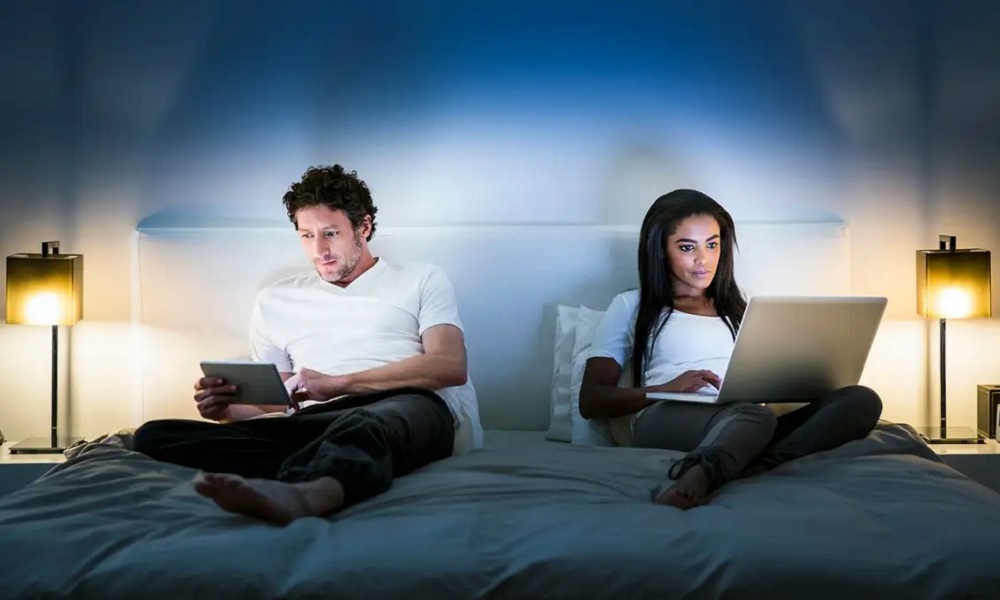-
Phone020-8743-7552
-
Location128 Uxbridge Road

To first understand blue light, we need to understand what light is made up of. Light is made up of different wavelengths, some of which are visible to the human eye and some of which are invisible. The light that we can see as humans is known as "visible light," and it ranges from all of the rainbow colours.
Each colour has a different wavelength and energy level. Shorter wavelengths of light have more energy and are more harmful than longer wavelengths. Out of all the visible light, blue light has the shortest wavelength, which is why it is believed to be harmful to the eye. According to some studies, short-wave blue light with wavelengths between 415 and 455 nanometers is associated with eye damage. In smartphones, TVs, and tablets, LEDs produce the majority of their light at wavelengths between 400 and 490 nanometers.
The eye is a complex structure, and there are multiple points within the eye that interact and can be affected by light. Light can affect all optical media within the eye, including the cornea and lens. Light can also affect the retina, which sends visual signals to the brain.
Blue light may impair vision and speed up the ageing of the eyes. According to preliminary research, excessive exposure to blue light may cause:
Blue light can strain your eyes in several ways. Firstly, it can cause digital eye strain, which is a set of symptoms such as dry eyes, eye fatigue, and headaches that can occur from prolonged use of digital devices such as smartphones, tablets, and computers. This is because blue light has a short wavelength and can scatter more easily than other types of light, causing glare and reducing contrast.
Studies suggest that continued exposure to blue light over time could lead to retinal damage by causing oxidative stress, which can lead to the death of photoreceptor cells. Damaged retinal cells can cause vision problems like age-related macular degeneration. This can lead to age-related macular degeneration, which is the leading cause of blindness in the elderly. (“Blue Light and Your Eyes - Prevent Blindness”)
Blue light, which is emitted by electronic devices such as smartphones, tablets, and computers, can affect the body's production of melatonin, a hormone that regulates sleep. Exposure to blue light in the evening can suppress the production of melatonin, making it harder to fall asleep and stay asleep. Additionally, the light emitted by these devices can also make it harder to stay asleep once you do fall asleep. To avoid these effects, it is recommended to limit exposure to electronic devices in the evening and use a blue light filter or wear blue-light blocking glasses.
You can help protect your eyes from the negative effects of blue light by taking a few simple steps. You can do this by:
Blue light filter lenses have a special filter that reduces the transmission of blue light through the lens. Therefore, by wearing glasses with a blue light filter, people are better able to protect their eyes from the harmful effects of blue light, such as digital eyestrain.
In summary, excessive exposure to blue light can lead to eye strain, fatigue, insomnia, and other sleep-related issues, and even contribute to age-related macular degeneration. It's important to take steps to limit exposure to blue light, especially at night, to protect the health of your eyes.
Remember to take regular breaks, reduce your screen time, use blue light filters and other tools, and adjust your screen settings. Your eyes will thank you!
Dec 02, 2022 Written by Hayder What is Blue Light, and Why is it Important?
@ Specialeyes Eyecare Opticians | Website Design By LWDS